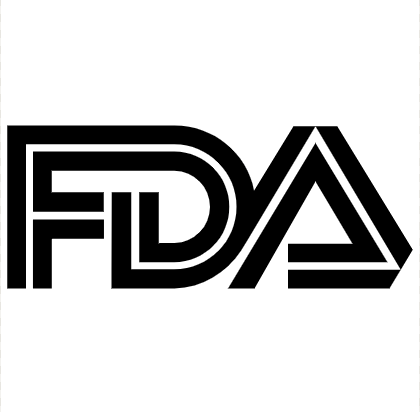Article
FDA Authorizes Intense Pulsed Light Device for Dry Eye Disease
Author(s):
The innovative technology is associated with significantly improved time to tear breakup, meibum quality, and improved inflammatory markers.

The US Food and Drug Administration (FDA) has granted De Novo authorization to an intense pulsed light (IPL) device designed to treat dry eye disease due to Meibomian gland dysfunction (MGD).
The approval, granted to the Israel-based medical device company Lumenis, is based on findings from a multi-center, double-blinded, randomized controlled trial showing IPL significantly improved tear breakup time, meibum quality, and Meibomian gland expressibility.
The findings contributed to a portfolio of observed clinical benefit in such dry eye disease-related burdens, as well as reduction in patient inflammatory markers.
Currently, approximately 16 million Americans have been diagnosed with dry eye disease—though that total is considered an underestimation to how many are actually affected. MGD is the leading cause of disease, accounting for about 86% of cases.
An inventing company of IPL technology, Lumenis is also launching OptiLight, a patented bright solution for dry eye conditions and symptoms.
"Lumenis has launched many 'firsts' in eye care, and we never stop innovating,” chief executive officer Tzipi Ozer-Armon said in a statement. “This is why we are excited that our IPL device with patented OPT technology is the first and only such device to receive FDA approval for improving signs of dry eye disease.”
Steven J. Dell, MD, lead Lumenis clinical trial investigator and medical director of Dell Laser Consultants, added perspective toward the need for such ophthalmic innovations in everyday care of common conditions such as dry eye disease.
"We deal with dry eye every day, but unless we address the underlying inflammation, it's difficult to meaningfully impact the disease,” Dell said. “OptiLight helps us to address the inflammation, as shown in Lumenis' IPL clinical trials, and improves signs of dry eye disease due to MGD, positioning it as a valuable tool in our dry eye toolkit.”
2 Commerce Drive
Cranbury, NJ 08512
All rights reserved.





